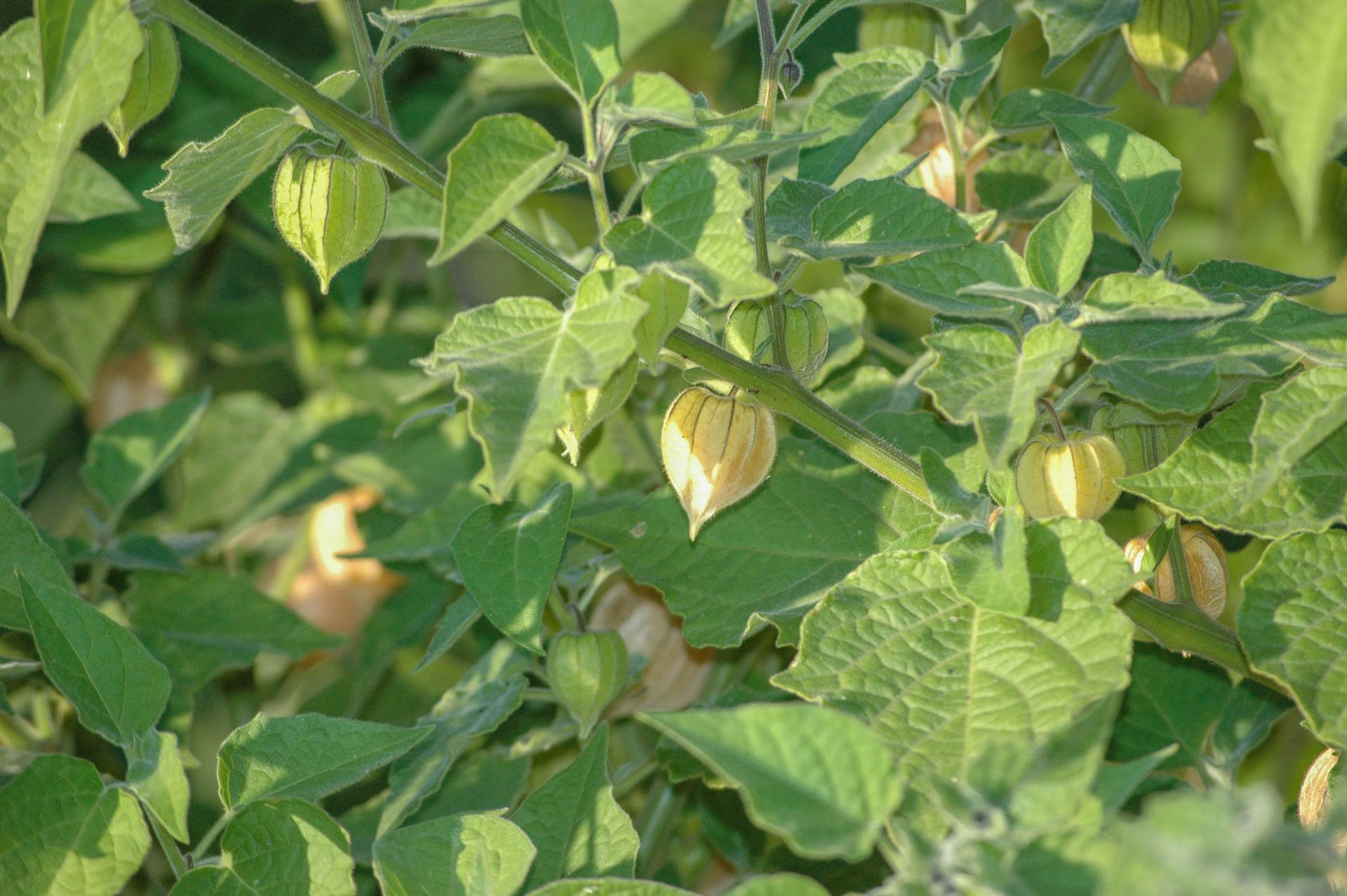Table of Contents
Cape gooseberries or Physalis Peruviana are unique fruiting plants that can easily be added to any garden. The fruits are delicious and versatile, while the plant itself is beautiful and hardy. They are also related to other plants like tomatoes and tomatillos. Thus, physalis can be a great alternative if you are in the mood for something new.
But what are the care factors that go into the growth and maintenance of this plant? New gardeners can often make mistakes that might lead to a batch that doesn’t bear as many fruits. To save your crops from being a failure, you can just follow the set of easy instructions that we have discussed in this article.
Physalis Peruviana Overview
The Physalis genus offers many fruiting plants, but the ones that are the most common in the UK are tomatillo and cape gooseberry. Both of these are related to other summer plants like tomatoes, aubergines, pepper, and potatoes, as all of them belong to the same family.
While other names of Physalis Peruviana are ‘Cape Gooseberry’ or ‘Ground Cherry’, they do not taste anything like cherries or gooseberries. The taste can be described as a cross between tomatoes and pineapple. Indeed, the plant resembles a tomato plant in many aspects.
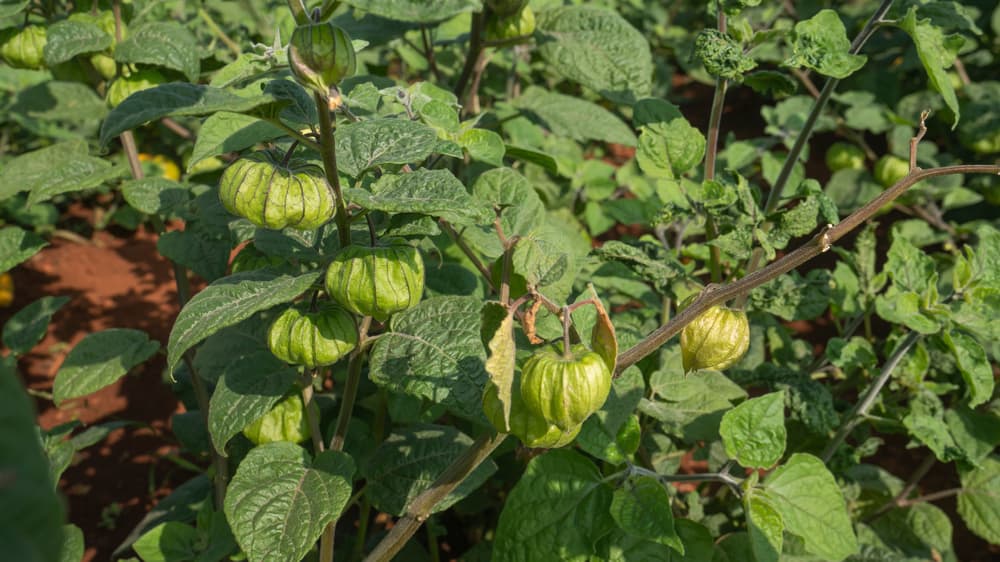
The plant bears flowers that are yellow with a brown/purple throat, which is self-pollinating in nature. The fruit, which forms after the flower falls, is smooth and waxy, with an orange-yellow skin. They also contain small yellowish seeds.
|
Family |
Solanaceae (nightshade) |
|
Botanical Name |
Physalis. |
|
Common Names |
Chinese lanterns, Cape gooseberry, bladder cherry. |
|
Foliage |
Deciduous, simple green triangular lobed leaves. |
|
Flowers |
Insignificant bell-shaped flowers. |
|
Flowering Period |
Summer |
|
When To Sow |
January, February, March, and April |
|
Plant Out |
May, June |
|
Harvesting Months |
July, August, September, October |
|
Habit |
Bushy, creeping |
|
Height |
1-1.5M |
|
Spread |
1-1.5M |
|
Type |
Annuals and herbaceous perennials. |
|
Origin |
Europe, Asia, and America |
|
Hardiness |
H2 |
Physalis Peruviana ‘Cape Gooseberry’ Care
If you have experience in growing other plants like tomatoes, you should have no problem with Physalis Peruviana. Warm-season props like these may not do too well during winter but are hardy enough to survive in the UK. They are also low-maintenance enough to become a delightful addition to your annual garden.
While tomatoes usually need support to thrive in an open environment, cape gooseberries usually do not. When the spot is suitable for their needs and sheltered against harsh weather, they do quite well. The only care they need throughout their life is water. These plants usually become dormant during droughts, so keep a careful eye on the weather outdoors.
Watering the physalis is not constant work either. The plant’s needs vary throughout its life. The weather conditions, external factors, and its stage of growth all weigh in on it. But make sure the plant receives about 2.5-5cm of water every week. Only lay off the watering when the fruit is nearing maturity.
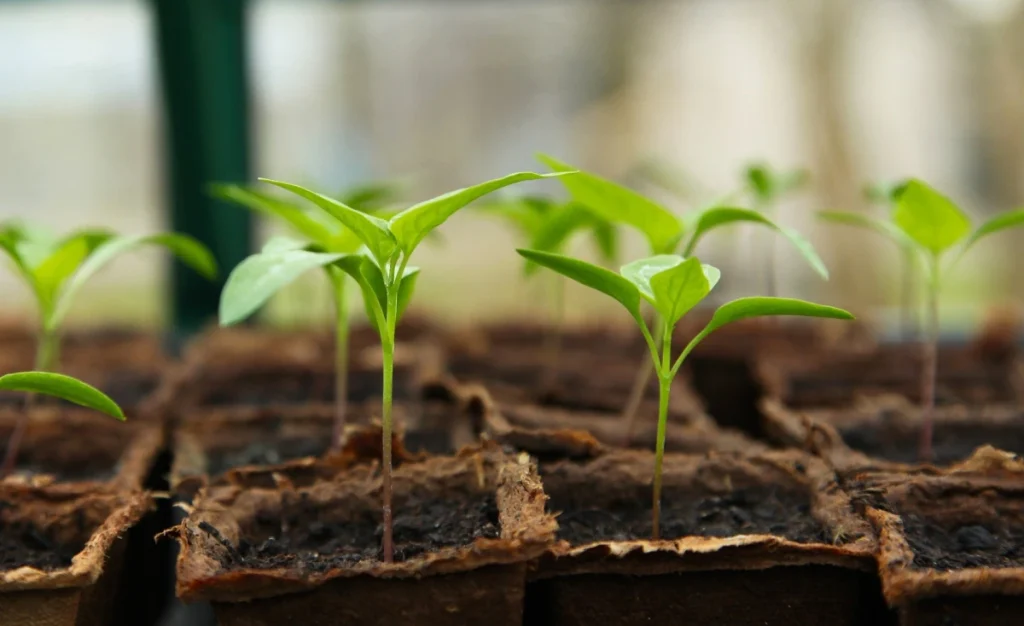
While water is good for physalis, it can also lead to waterlogging if the soil doesn’t stay well drained. This may lead to other problems. The weather may also lead to evaporation and subsequent drying out of the soil. This can be avoided by adding mulch to the plant.
Mulch that is rich in potassium, like comfrey tea, should be chosen, as it encourages the fruits and flowers to grow. Nitrogen-rich mulch is a strict no as it makes the leaves bloom instead of the harvestable parts.
Physalis doesn’t require pruning as, by nature, they do not grow too big. But if you wish to make your plant bushies and avoid side shoots, gently pinch out the excess. Make sure to pinch out the growing shoots when they are less than 30 cm tall for the optimum effect.
Harvest Your Physalis Peruviana
Cape gooseberries are usually planted for their delicious fruits. They are also the only edible part of the plant. The harvesting is usually done around 60-70 days after they have been placed in the final location. The flowers develop into fruits, which in turn fall to the ground as it becomes ready for harvest.
The fruits will have a lantern-like calyx around them which will slowly turn green to light beige as they mature. Once the calyxes become dry and paper-like, the inner fruit will start to show itself, making itself ready for harvest.
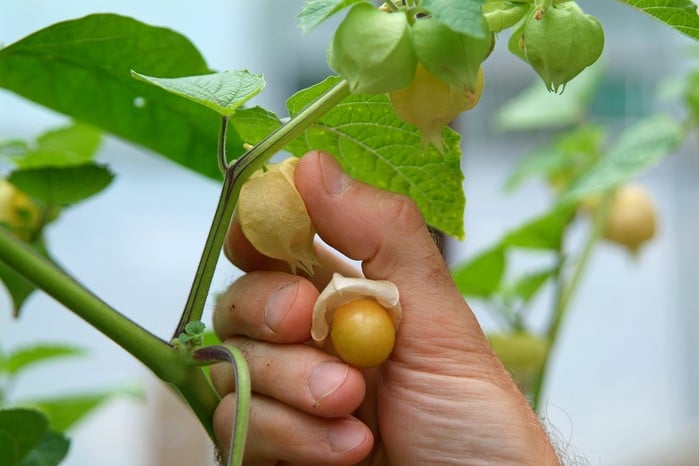
Some fruits drop off the plant before you can harvest them, but just pick them off the ground gently. The calyxes are not edible but can be used as decor due to their unique texture.
Pro Tip: Add an organic feed to the Physalis Peruviana when it is flowering/fruiting.
Common Problems with Physalis Peruviana
The most common problem the Physalis Peruviana faces is a disease called powdery mildew. This happens when the plant has poor ventilation around it, and the soil is not well drained. This leads to root rot which then gets attacked by a group of related fungi. This leads to the leaves, stems, and flowers being covered by a white, dusty coating.
Maintaining good garden hygiene is easily the best way to avoid this disease. But destroying the fallen infected leaves in autumn can minimize the spread of the disease come next spring. But even if you take good care of your garden, pests like aphids, leaf miners, and whitefly can attack your crop.
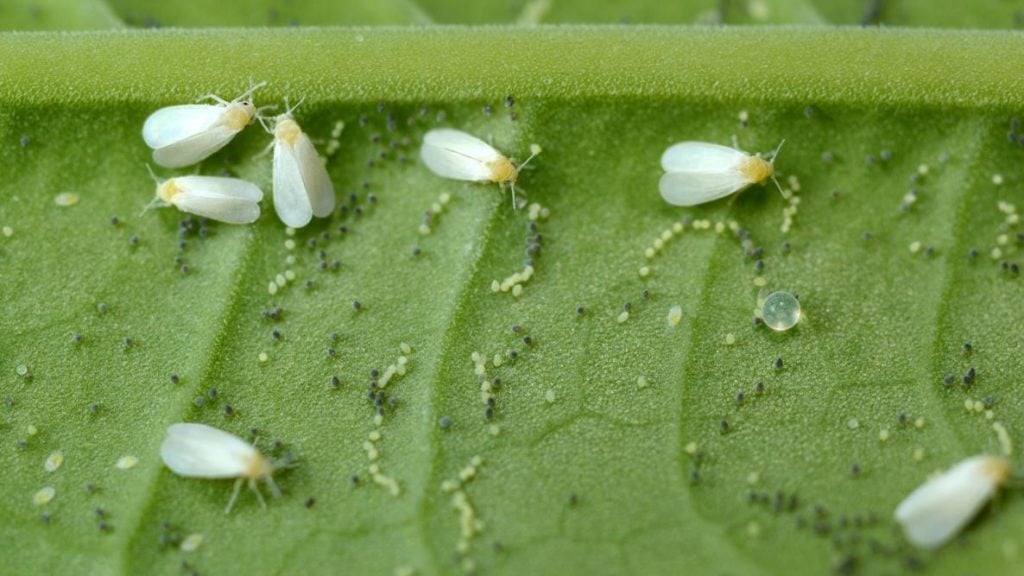
If you get an infestation of pests like aphids and whitefly, you can use yellow sticky traps to keep them under control. The bright colours attract the pests, and the glue keeps them from attacking the plant. You can also use a systemic insecticide that can be applied to the soil directly.
Why Choose Physalis Peruviana?
While cape gooseberries are not as well known as tomatoes, they are an excellent summertime crop for any kind of kitchen garden. The Physalis Peruviana goes well with other warm-weather plants and has delicious fruits. You can put the berries in most kinds of salads, dry them to form raisins, or even bake them into pies. Cape gooseberry jam is also a delight on toast.
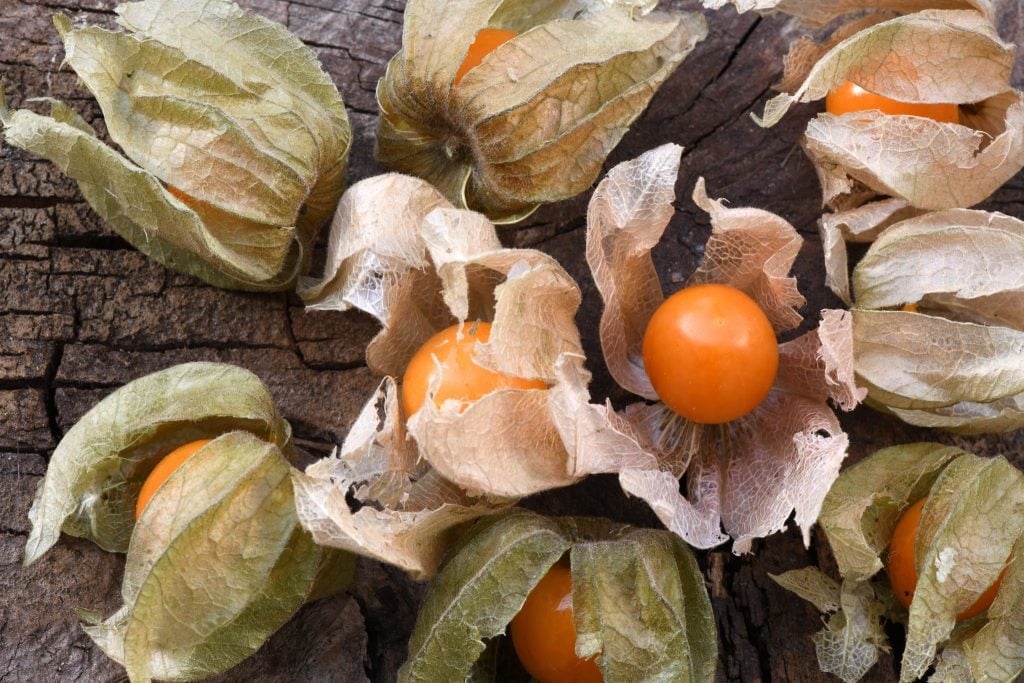
These berries are also a great substitute for pineapples in gardens that cannot grow them. The pineapple-esque taste also makes it a cult favourite. Apart from its edible fruits, the plant itself is also very aesthetically pleasing. The fruits have a very pretty husk which changes colour from green to whitish as it matures. The varied appearance, along with the fruit, makes it a good choice for gardeners looking to branch out.
Cape Gooseberry Growing Conditions
The best location for your cape gooseberries is the sheltered yet sunny location in your garden. You can also put them in pots on your patio. To have the best crop of the season, try planting them undercover, like inside a greenhouse or in a tunnel. However, if there is a location where you are already growing tomatoes, use the same spot, as they require similar conditions.
Physalis Peruviana can grow up to the size of 1 to 2 meters in ideal circumstances, so make sure they have space. These plants like a warm environment, and they thrive in temperatures around 12-20°C. For colder regions like the UK, a sheltered spot in full sun is preferred. The berries will taste much better in regions where the plant gets ample sunlight.
The cape gooseberry plant is quite popular in the UK due to its hardiness. But for the plant to mature well, the soil needs to be fertile. Loamy soil is the best option, but it can also do well in other nutrient-less soils. However, the environment should not be too nitrogen-rich, as this will make the plant leafier. And that, in turn, means that it will not bear fruits and flowers as well.
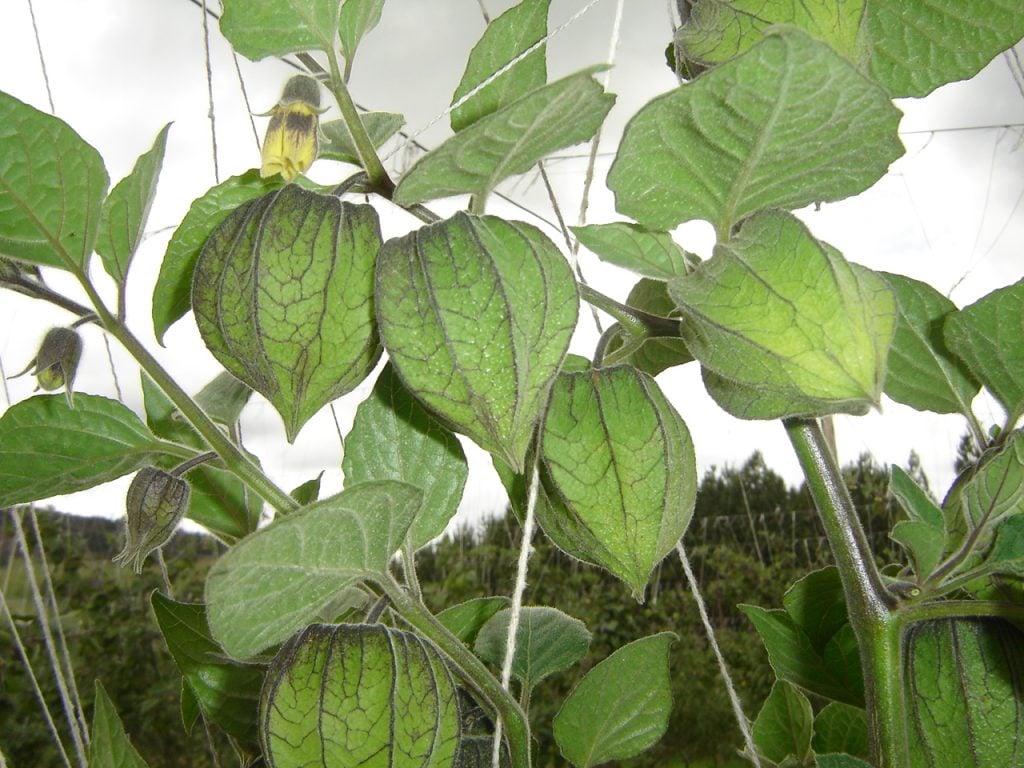
When soil pH is considered, cape gooseberries are not fussy at all. They do well in neutral soil but can even tolerate more acidic or alkaline ones. Just make sure to water the soil well during the initial stages. A moist soil is a necessity for this plant, and dry conditions are bound to kill it.
In the UK, it is better to plant your cape gooseberries in a large container. This will allow the plant ample space to grow without being too exposed. During windy days, you can easily shift it to a better location or even move it indoors.
Cape Gooseberry Propagation
The best way to grow your cape gooseberries is by planting the seeds. The plant can be propagated by taking cuttings from the old plant’s new growth. But to get the best results, get some seeds. And just like tomatoes, these Physalis Peruviana seeds are first sown indoors and then moved to the final location.
The best time to sow these would be in early spring. It is advised to start sowing about 6 to 8 weeks before the last frost date. The timings for sowing tomatoes and cape gooseberries are almost the same, so you will not miss it. The seeds go into a small tray or container where they are left to germinate at 21°C (70°F). The germination process can take up to two weeks, after which they should become large enough to handle.
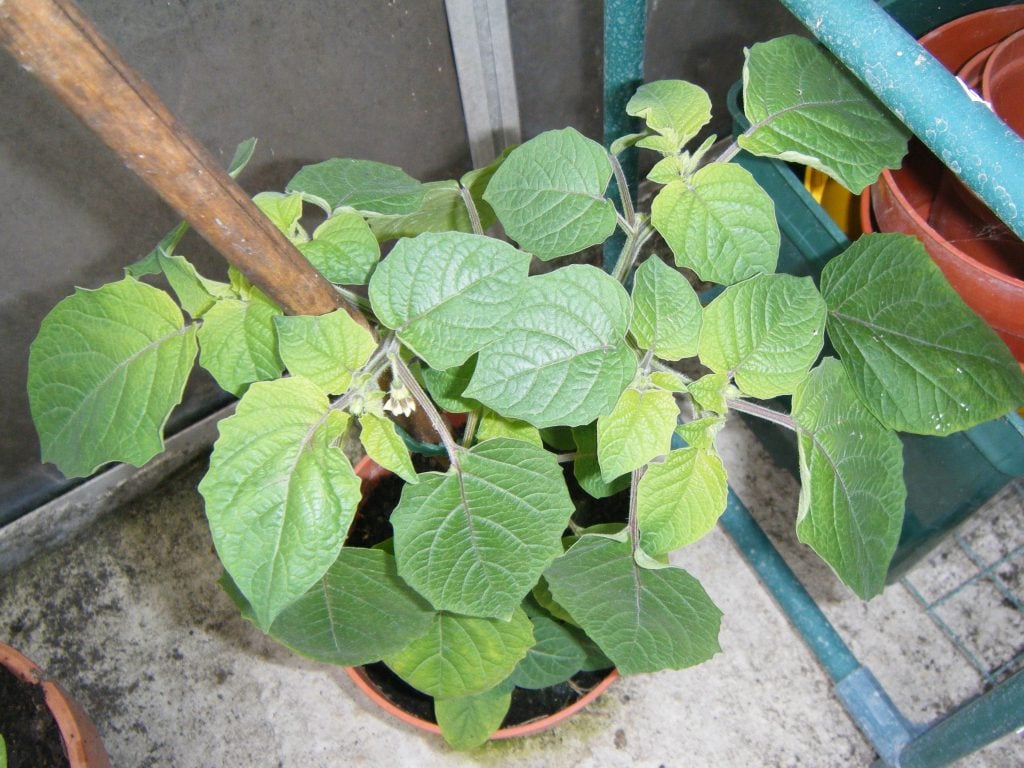
Always remember to sow the seeds on the surface of the seed compost and make sure that medium only just covers them. Once the seedlings are big, move them to your garden or greenhouse. Just ensure that there are no more chances of frost during the period.
If you are using a pot, make sure it is about 70mm (3″) filled with potting compost. The container should also be 50cm wide to accommodate a mature plant. Cape gooseberries need to be in a bed with at least 20-25cm depth so that their roots can develop properly.
What to Plant with Your Cape Gooseberries
Physalis Peruviana is a part of the Nightshade family. Therefore, it can be planted along with other members, like tomatoes and peppers. The crop rotation plan also works as these plants need the same conditions, along with the same soil requirements. Companion plants for tomatoes, like carrots, basil, and garlic, also work for physalis. The smell of garlic and basil also keep away certain pests, protecting the plant.
Bottom Line
Physalis Peruviana or cape gooseberries are delicious fruits that can easily be planted in your garden during summer. They are also quite hardy when planted after the frost ends. You just have to make sure the soil is well-drained but moist. And after some weeks, you will be rewarded with a fresh batch of cape gooseberries.
Comment below and let us know your favourite warm-season plants that you grow in your garden.
Frequently Asked Questions
How Long Does Physalis Take to Fruit?
The plant physalis takes about 90 to 120 days to mature. As the plant becomes fully grown, the flowers will become pollinated. Therefore, the fruits will only become mature 70 to 80 days after pollination.
How Long Do Physalis Plants Last?
Harvesting the Physalis Peruviana plant can last til October and even extend to November. This happens in regions where the climate is not very favourable to it. And the first frost spells indicate the end of these plants.
Are Physalis Leaves Poisonous?
Physalis plants have slightly poisonous parts. The berries are edible, of course, but the bitter green plant parts can lead to abdominal cramps and vomiting.

